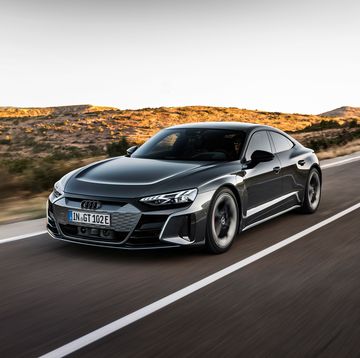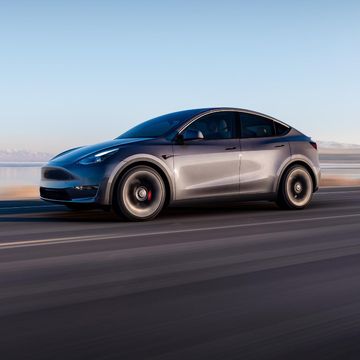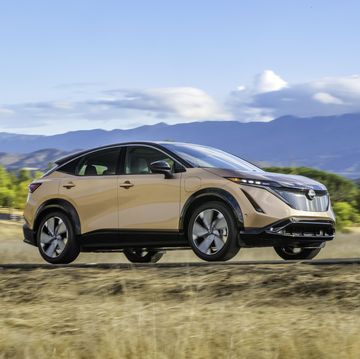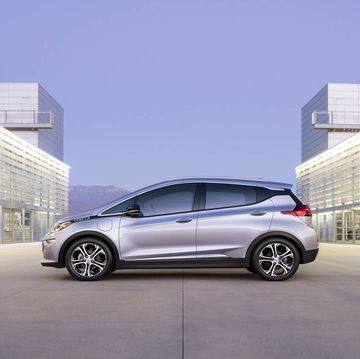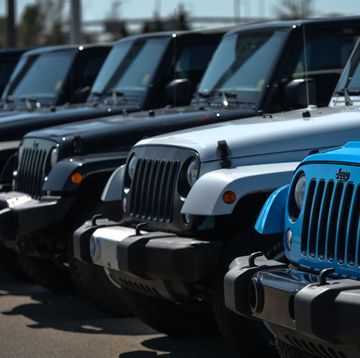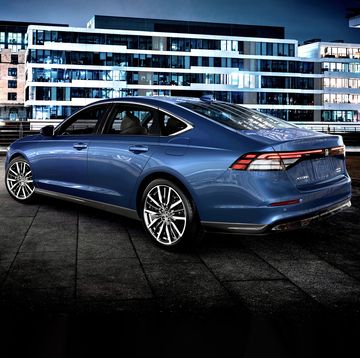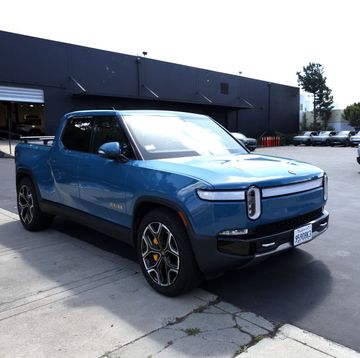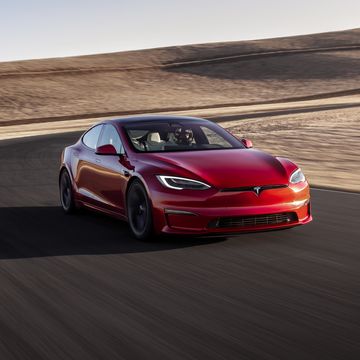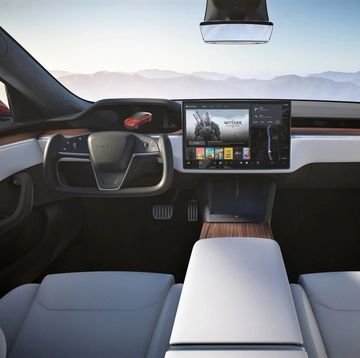- The Truck and Engine Manufacturers Association and key Class 8 heavy-duty truck makers have lobbied against California’s Advanced Clean Truck act.
- But heavy-duty EVs are coming. Daimler’s Freightliner began series production of its eCascadia, beating delivery of the first Tesla Semi to PepsiCo.
- California’s next move is the Advanced Clean Fleets rule, which if approved as expected in 2023 would require truck fleets to reduce greenhouse gases 40% by 2030.
As automakers worldwide push aggressively toward EV production, the nation’s key semitruck producers have been lobbying against expanding a zero-emissions vehicle sales requirement implemented in 2021 by the California Air Resources Board (CARB).
The Truck and Engine Manufacturers Association and key Class 8 heavy-duty truck makers Volvo, Daimler Truck (Freightliner), Volkswagen Group (Navistar), and PACCAR (Kenworth, Peterbuilt) all have lobbied against California’s Advanced Clean Truck act, according to London-based InfluenceMap, a think tank working to prevent climate change.
The truck lobbying group and five of its members have failed in New Jersey, New York, Maine, Oregon, and Washington—states that have since joined California in adopting ACT—while Maine, Colorado, Connecticut, Maryland, and Vermont have signaled their intent to join in, according to InfluenceMap.
And yet those manufacturers aren’t resisting the migration from diesel-powered rigs to battery-electrics.
Daimler Truck North America’s Freightliner began series production of its eCascadia battery-electric semitruck, delivering one to food distributor Sysco for use in its Riverside, California, operations and two to Penske Leasing before the end of November, beating delivery of the first Tesla Semi to PepsiCo, but without any Elon Musk-style hoopla.
Green Bay, Wisconsin, trucking company Schneider has ordered 92 all-electric Freightliner eCascadias, which have a stated full-charge range of 250 miles, about half of the claimed range of the still-mysterious Tesla Semi. (Freightliner owner Daimler Truck AG separated from Mercedes-Benz into a separate business unit in 2021.)
In Europe, Volvo Trucks has introduced a line of electric-powered vehicles, including Class 8 semitrucks, says Oliver Dixon, senior analyst for Guidehouse. Volvo Truck (which separated from Volvo Cars in 1999) claims to have 42% EV truck market share in Europe as of last year, and says it has orders for 1100 units.
“I would not conflate that caution” by truck makers lobbying against the ACT “with unwillingness to advance,” says Oliver Dixon, senior analyst for Guidelight.
CARB in fact acknowledges truck makers’ announcements of future zero-emission semis, including Tesla, anti-regulation lobbyists Freightliner, Volvo, and PACCAR, as well as BYD and Lion Electric, a spokeswoman for the board says.
In writing its rule, the CARB staff’s cost evaluations for semis were “significantly higher than Tesla’s advertised price, as staff developed the cost analysis using projected heavy-duty component costs, not any individual manufacturer claims,” she says.
But wait, there’s more. CARB’s next move is the Advanced Clean Fleets rule, which if approved by its board as expected in 2023 would require truck fleets to reduce greenhouse gases 40% by 2030 and then 80% by 2050, plus a 50% reduction in petroleum use by 2030.
Heavy truck and diesel engine manufacturers are “going to stand their ground” on opposing the newly proposed reductions listed above, Dixon says. But like light vehicle automakers, he adds, truck manufacturers are pushing “relatively rapid adoption of the technology.”
As with EV passenger vehicles, the effectiveness of EV trucks on greenhouse-gas reduction is limited by customers’ reluctance to turn over their internal combustion-powered trucks and by their need to help pay for a new EV fleet by trading their diesel-powered trucks into the used market.
“The (trucking) industry has a defined trading cycle,” Dixon says, though there’s no “average” among myriad needs of truck customers. Suffice to say used diesel-powered big rigs will roam California and the rest of the US well past 2030.
But the biggest obstacle to cleaning up the nation’s trucking fleet is not something truck manufacturers can tackle alone, Dixon says. The 40% ZEV trucking fleet potentially in 11 states “has to be predicated on grid capacity.”
He points to a report by the National Grid Group, a UK-based energy company with operations in New York, that says a standard truck stop on the Ohio Turnpike making the conversion from diesel pumps to electricity recharging would be “drawing down the power requirements of a small town.”
CARB does not buy these concerns, and points to a recent Zero-Emissions Vehicle Infrastructure Plan by the California Energy Commission, which has invested $600 million so far on ZEV infrastructure. The state will spend another $4 billion over the next five years, with another $2.85 billion kicked in by the California Utilities Commission.
This should be enough to add big trucks to passenger vehicles in the effort to clean up greenhouse gases, at least in California.
“Careful siting, onsite energy storage, and grid upgrades can effectively supply the power needed for medium and heavy-duty fleets to electrify,” the executive summary says.
Are you concerned that, despite massive public and private investments, the charging infrastructure will be inadequate for all-electric passenger cars as well as heavy-duty trucks? Please comment below.



